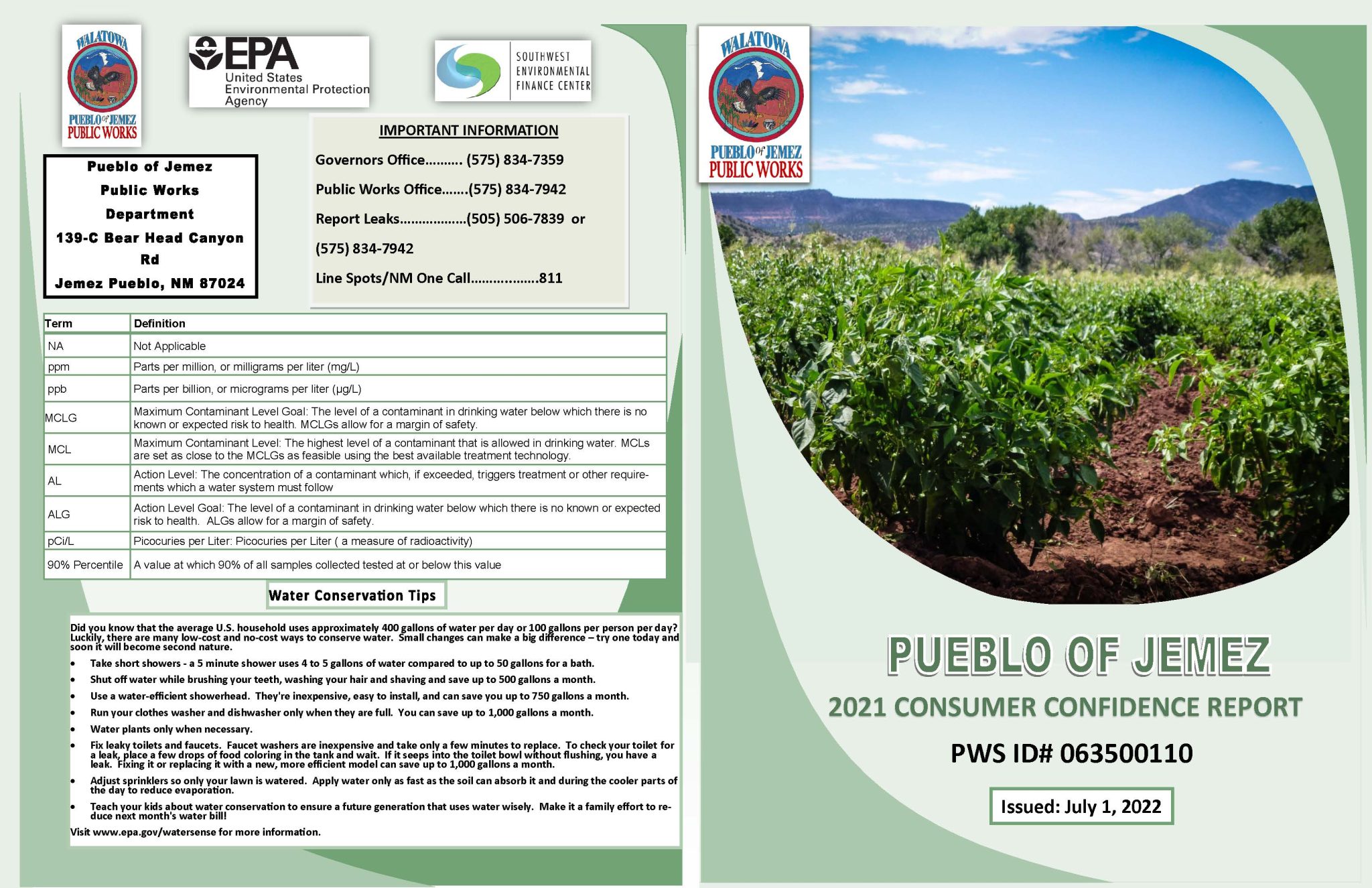
Jo Ann Cahn points out this site for "French law translations into English and Spanish."

Michael Grant found this site "for aficionados of legalese," containing "a collection of delightfully impenetrable sample contracts."
#WWW CCR GOB FOR FREE#
Manten van Steenbergen says: "Apparently (much of) Celex is now accessible for free (Celex is a collection of EU legislation.)." Delyth Yabar says "This seems to gather a lot of information on one site, set out by organisation, treaty, region, etc." Karin Zimmer found the Institute of Global Law site: "Cases from Germany/Austria/France/Israel (not much from Israel).

#WWW CCR GOB FULL#
Have to put it in both the FUN and LEGAL resources category, because it's full of both. I recently stumbled into Margaret Marks' "Transblawg" (Weblog on German-English legal translation). Essais de jurilinguistique/Essays on Jurilinguistics. Michelle Asselin found this collection of legal essays (French/English): Langage du Droit et Traduction/The Language of the Law and Translation.

Paul Makinen found this Bulgarian-English-French legal glossary. The HMCS (Her Majesty's Courts Service) site has most information available in Welsh as well as in English. Michelle Asselin found this "Juridictionnaire: a compendium of theĭifficulties and expressions in legal French", mostly inside Canada.įrom Paul Makinen: British Court System Search Engine. Henry Whyte recommends this one: "Nice site for legal French." Provides detailed explanations of terms. There are some other English/Spanish legal resources also. Karin Zimmer found this Spanish/English court/legal terminology glossary, courtesy the California (USA) court system. Shannon Bachorick highly recommends this legal resource: Legal Dictionary of Property in Canada. The individual links on that page are for the legal glossaries for English, English/Arabic, English/Armenian (Western), English/Hindi, English/Hmong, English/Mien, English/Mong, English/Punjabi, English/Romanian, English/Russian, English/Spanish, English/Urdu, English/Vietnamese. The glossaries are just intended for use when dealing with non-English speakers in California courts. I was reminded of this by an email from the Spanish for Social Change website, which deserves credit." Paul Gallagher points out that (judging from the English-Russian glossary), these resources explain the English terms in the two languages but the translations from English do not necessarily provide the true equivalent term in the other language. (English)įrom Michael Burns, Legal Glossaries page of the web site of the Superior Court of California/County of Sacramento (USA): "Quite a number of legal (courtroom oriented) bilingual glossaries. Sumner from Teogatha Law provides this "hyperlinked tax terms glossary". Searchable and browsable, "Clear answers for common questions" as articles in many different categories, including Technology and Gadgets, Internet andĬomputers, Manufacturing and Industry, Science and Engineering, Anatomy and Physiology, Medicine and Treatments, Health and Wellness, Attorneys and the If these figures are similar to those of the entire Mexican population, only l out of 4 patients requiring renal replacement therapy in the country currently has access to it.Web Surfing for Fun and Profit Legal Resources by Cathy Flick, Ph.D.

The prevalence rate of Ccr 65 years, educational level < primary school, and income < US $4.00/day were significantly associated with reduced Ccr.Ĭhronic kidney disease prevalence in this population is similar to that seen in industrialized countries. Patients were classified in 1 of the 5 Ccr categories established by the Kidney Disease Outcomes Quality Initiative guidelines. Creatinine clearance (Ccr) was calculated by the Cockcroft-Gault formula. A questionnaire about personal current health status, kidney disease, diabetes, hypertension, or heart disease in close relatives, anthropometric and blood pressure measurements, and blood and urine samples to measure glucose, blood urea nitrogen, and creatinine was obtained for each patient. The present study was primarily designed to assess the prevalence of chronic kidney disease in a Mexican urban population residing in Mexico and to evaluate certain biologic and socioeconomic conditions as risk factors for the development of renal disease.Ī population-based cross-sectional survey was conducted, which included 3564 patients of either gender aged >18 years, who were randomly selected from lists of patients assigned to primary care facilities in the city of Morelia.


 0 kommentar(er)
0 kommentar(er)
